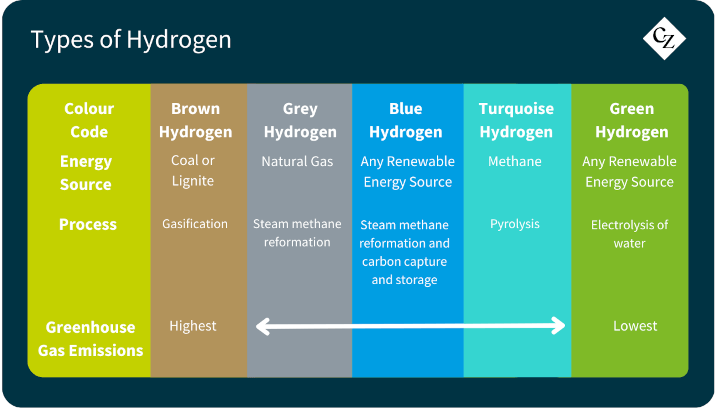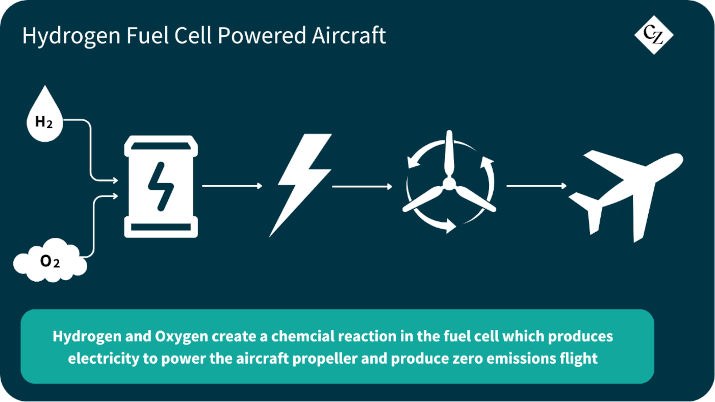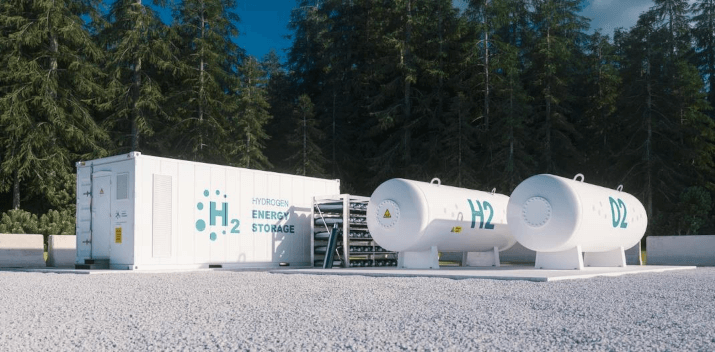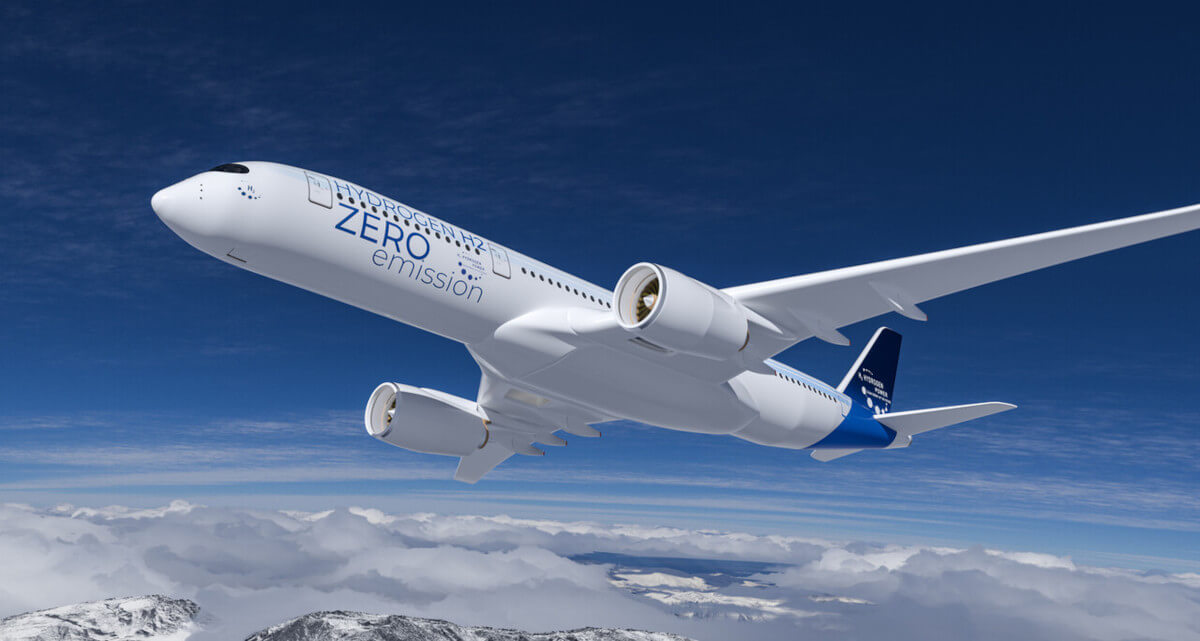Insight Focus
Hydrogen presents significant potential for sustainable aviation. Its carbon-free nature and high energy density offer advantages, yet challenges still remain. The aviation industry weighs hydrogen against sustainable aviation fuels in the pursuit for decarbonisation.
Exploring Hydrogen for Aviation
The world of powered flight is increasingly looking to hydrogen for several reasons. First, it contains no carbon, which means it can offer significant decarbonisation potential, depending on its source.
If hydrogen is generated from the gasification of coal (known as brown hydrogen), it’s not a viable option. However, hydrogen produced through the electrolysis of water using renewable electricity (known as green hydrogen) is promising. Other methods, such as blue hydrogen derived from methane with carbon capture and storage, fall into a more uncertain category.

Secondly, hydrogen’s gravimetric calorific value is around three times that of jet fuel (approximately 120 MJ/kg compared to 42 MJ/kg). This means it could one day serve as a carbon-free aviation fuel in its own right, either as a compressed gas or as a supercooled liquid, which we will consider further.
Thirdly, hydrogen plays a vital role in the production of sustainable aviation fuel (SAF) and lower carbon aviation fuel (LCAF) as an agent for reducing the carbon intensity of jet fuel, which we’ll explore next time.
Understanding Hydrogen’s Fundamental Role
In the bigger picture, hydrogen chemistry is fundamental to many processes. It fuels the sun, where hydrogen undergoes nuclear fusion to create helium. This reaction delivers roughly 50,000 exajoules (EJ) (equivalent to 1018 joules) of electromagnetic energy to Earth each year, sustaining life.
By comparison, the global annual consumption of jet fuel represents around 2 EJ, highlighting the immense potential for developing solar energy as a source of hydrogen for aviation and much more.
When hydrogen burns in air, it combines with oxygen to produce water (H₂O). While water vapour is a much stronger greenhouse gas than carbon dioxide (CO₂), there are compelling reasons to consider hydrogen as a fuel.
First, hydrogen has a significantly higher energy density than hydrocarbons, making it more effective. Secondly, and more importantly, water vapour condenses rapidly and is absorbed back into the global water system within days, compared to centuries for CO₂.
Consequently, hydrogen consumption as a fuel is much less detrimental than hydrocarbon consumption. So why isn’t it used more widely?
Many research companies are developing hydrogen-powered aircraft. These include small, single or twin-engine propeller-driven planes that use compressed hydrogen. A fuel cell converts the hydrogen into water vapour, generating electricity that drives an electric motor and propeller.

However, this technology is still in its infancy and remains far from certification for anything beyond experimental aircraft.
Hydrogen’s Implementation Barriers
So, what are the challenges? Hydrogen is difficult to handle. Being a very small molecule, it has a low density and must be compressed to be useful. This compression requires energy, detracting from the sustainability of the process.
Additionally, highly compressed gas needs to be stored in strong tanks, which limits usable space and range in aircraft. Hydrogen’s molecular size makes it mobile, leading to leaks that pose significant hazards due to its wide explosivity range.

Hydrogen Storage Tanks
Lastly, despite the abundant solar energy available, hydrogen supply remains limited, creating uncertainty about its viability as a fuel.
So, yes, hydrogen is a small molecule with big potential, but it also presents significant challenges. This helps explain why the aviation industry is more inclined to consider SAF as its primary strategy for decarbonisation.
Next time, we will look at hydrogen behind the scenes and its role in reducing the carbon intensity of SAF and LCAF.













